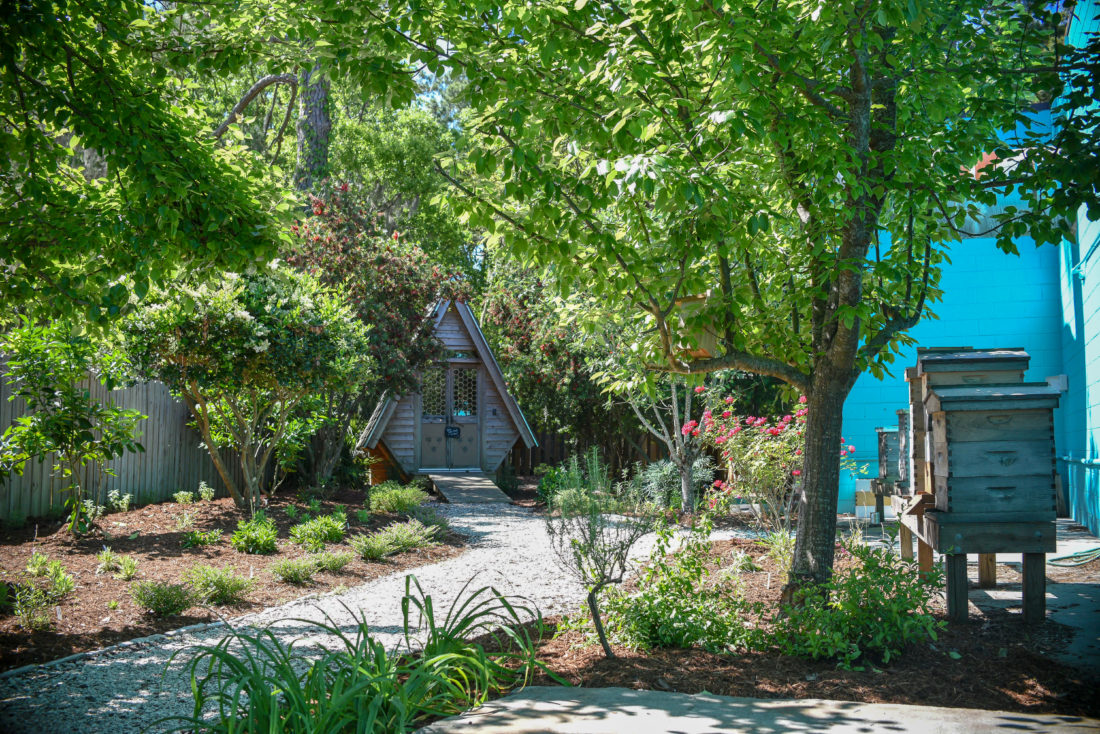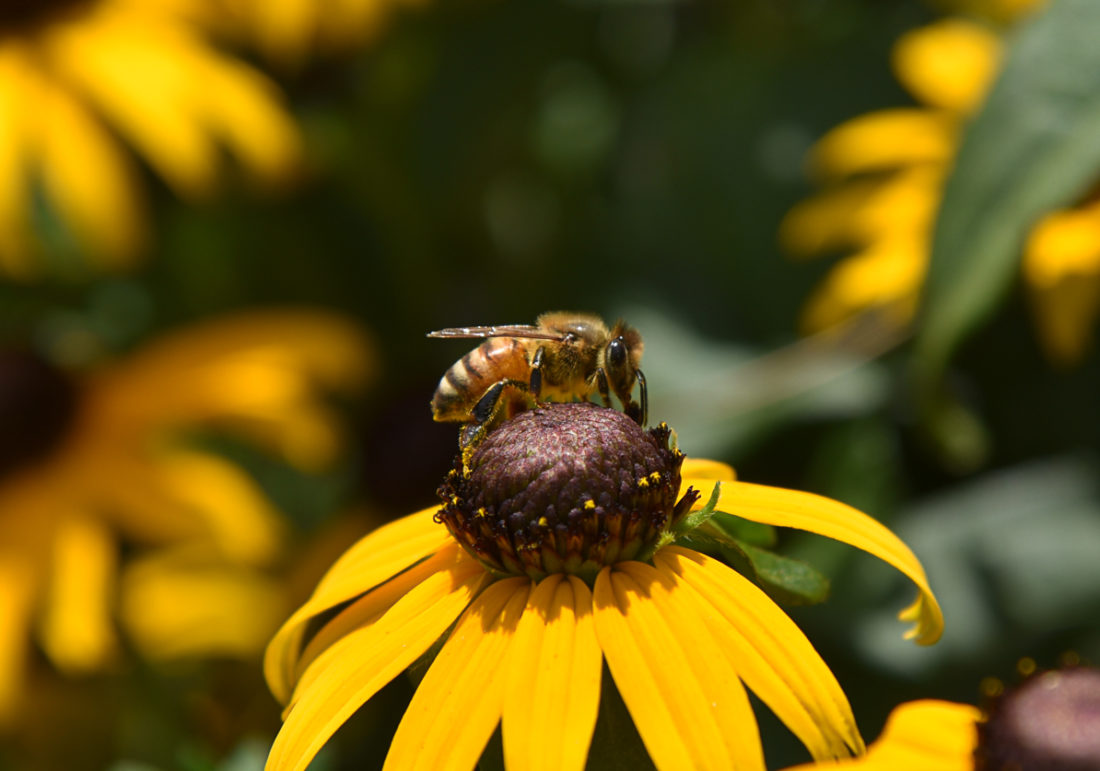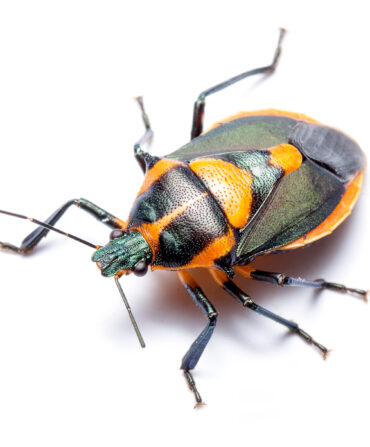“People have the idea that they don’t want bees in their yards because bees get lumped in the category of everything that stings,” says Ted Dennard, the founder of Georgia’s Savannah Bee Company, which raises bees and sells honey products nationwide. Dennard has been keeping bees since he was thirteen years old, and he’ll tell you there’s nothing better for a garden—or your morale—than having bees around.
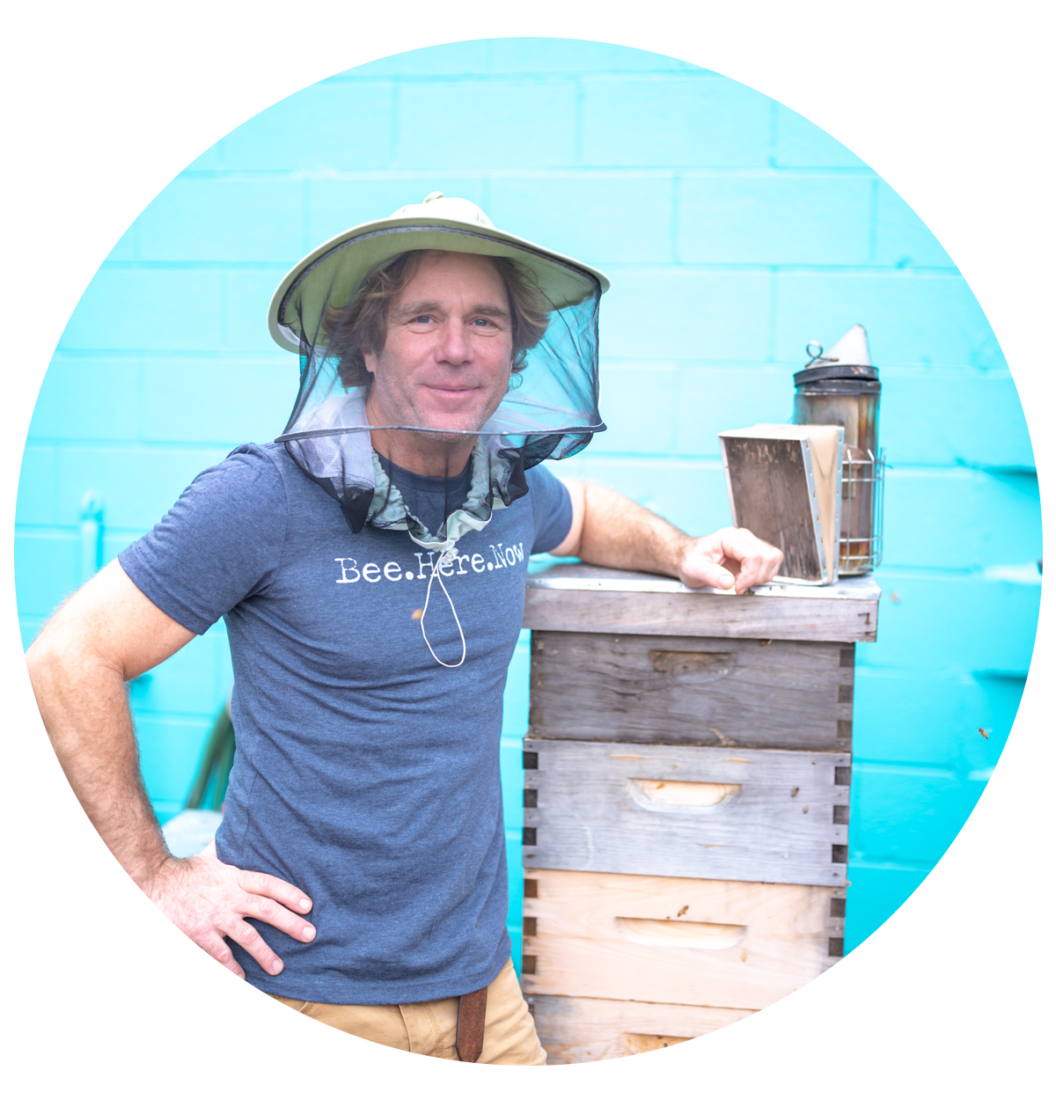
In North America, there are more than 4,000 bee species, including hive-building honeybees and bumblebees as well as solitary mason and leafcutter bees. Their importance can’t be overstated: “Bees at the macro level are participating in a dance with plant communities that is keeping the world alive,” Dennard says. Here are Dennard’s reasons you want to attract both hive-building and solitary bees to your yard, plus his tips on how to do it:
They’ll make your plants healthier in general and your fruit-bearing plants more productive.
Pollinators help plant communities increase genetic diversity and health through cross-pollination, and a healthier plant that bears fruit means a higher output. “Bees increase production to give you more fruit and bigger fruit,” Dennard says.
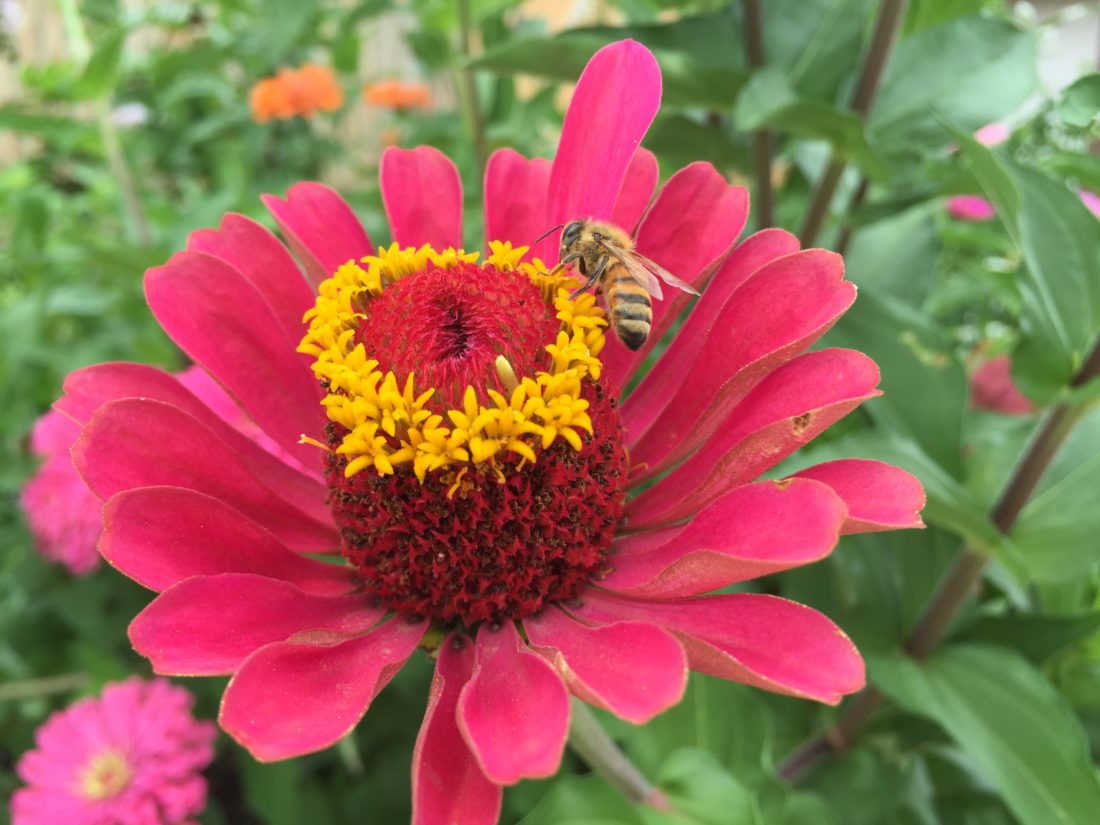
A garden that’s friendly to pollinators is a beautiful garden.
If you add more flowering plants to your yard, Dennard says, the pollinators will be happy and so will you. As he puts it: “It’s more beautiful to have a bunch of flowers than cut green grass anyway.” We have pollinators like bees to thank for flowers in the first place, as the showiness of flowers evolved as a way to attract pollinators.
Bees are therapeutic.
Dennard says that keeping or just watching bees makes you slow down and pay attention to your garden and how it changes day to day. “You know the minute there’s a bloom in your yard,” he says. “Just watching bees come and go makes you feel a connection with nature.”
Tips for Attracting Bees
Plant a diversity of successive blooming plants.
Different bees like different flowers, and it’s important that there are flower options available in your garden all year long. Bees collecting various pollens, Dennard says, “is like eating different colored vegetables that have different vitamins and nutrients.” Bees with diverse pollen sources are healthier. Plant your garden so there is something blooming all year long, such as bee balm, cosmos, foxglove, and hosta in the summer and zinnia, sedum, and goldenrod in the fall.
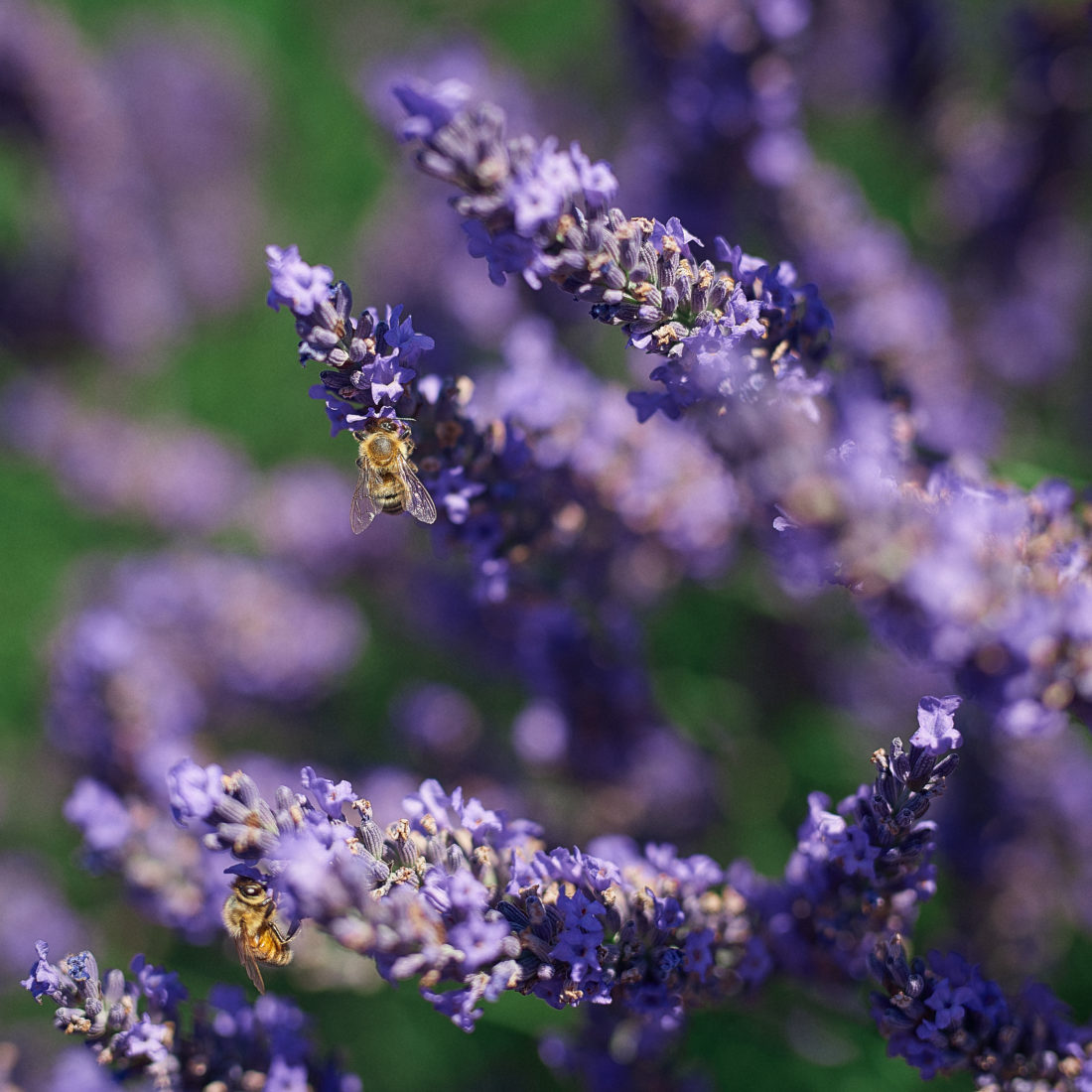
Make a bee bath—especially in hot summer months.
Like all of us in the summer swelter, bees need somewhere to cool down. A water source, which can be as simple as a shallow container with a few rocks or twigs inside to ensure the bee can climb out, can help bees stay cool and hydrated. In the case of honeybees, Dennard says, “they bring the water in the hive with their wings and use it like an evaporating cooler.” Honeybees also mix the water with pollen and honey and feed it to larvae.
No pesticides.
Skipping pesticides, Dennard says, is one of the most important ways to make your garden or yard pollinator-friendly. Even if the chemicals don’t kill the bees outright, they can stress them out and weaken their health. If you must use pesticides, he advises, use them at dusk when bees aren’t actively foraging.
“Bees will enrich your personal well-being, as well as the health of the plants in your gardens,” Dennard says. And while pollinators face threats including habitat loss and degradation, rising temperatures, agrochemicals, and invasive plants, Dennard sees hope. “Any helping hand we can give them is good. Beekeeping is an ancient art that has changed little in millenia. It’s part of our DNA.”
